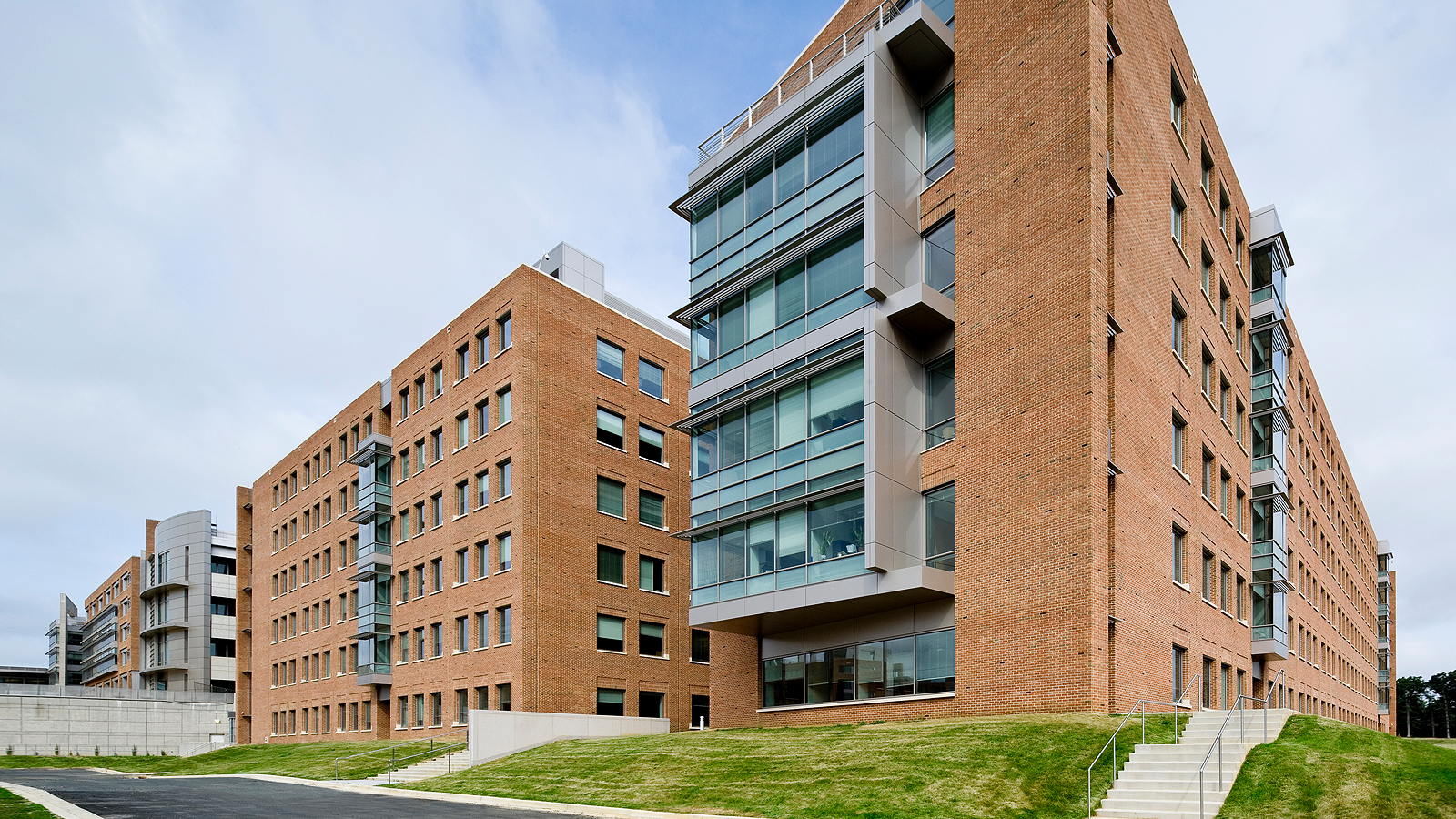Infrastructure: Facilities and Shared Resources
FDA’s laboratory complexes house more than 2,500 researchers and analysts whose work contributes to the development of new approaches, standards, and methods for evaluating the safety, efficacy, quality, and performance of the diverse and complex products the Agency regulates.
These facilities include a variety of specialized facilities to support laboratory research, including vivaria, biosafety level (BSL)-3 laboratory suites, Animal Biosafety Level (ABSL)-2 and -3 procedure rooms, and an anechoic chamber.
FDA also provides a variety of core facilities—many of which are supported by the FDA Shared Resources Program for Regulatory Science. Centers share costs to allow researchers access to state-of-the-art technology, equipment, facilities, experts, resources and information. Examples of FDA’s core facilities include the following: additive manufacturing of medical products (3D printing), microscopic imaging, flow cytometry, sequencing and other traditional biotechnologies, nanocore, electron microscopy, and advanced characterization technologies. Availability of core facilities to access expensive new technology provides FDA researchers a cost-effective way to stay current with the technologies FDA regulates and advance research efforts.
FDA developed High Performance Computing (HPC) environments that provide FDA researchers the capability to perform computationally intensive processing, modeling, and analysis. The HPCs enable bioinformaticians and computational experts to tailor development of algorithms and pipelines in support of specific scientific investigations or regulatory review of submissions. Across the Agency, scientists and researchers look at data in ways not previously possible, such as data visualization tools to find patterns in large data sets, informing the determination of risks and benefits with computational modeling and simulation and analysis of next generation sequencing methods to address scientific questions related to regulated products (such as detection and identification of the source of food-borne outbreaks).
In addition, the FDA Biosciences Library provides access to electronic journals, eBooks, over 50 online databases and research services such as assisting with systematic reviews and search strategies, available to staff at all FDA locations.
| Minority Health and Health Equity | Women’s Health | Maternal Health | Pediatric Health |
| Oncology | Rare Diseases | One Health Initiative |
Research Capabilities, Tools, and Resources
| Research Management and Collaborations | Technology Transfer and Public-Private Partnerships | Physical Standards and Reference Materials | Intramural Grant Programs | Extramural Funding Mechanisms |
Scientific Education, Training, and Communication
| Fellowship and Training Opportunities | Professional Development and Continuing Education | Communication and External Meetings |
Infrastructure
| Facilities and Shared Resources | Safety and Compliance |
| Office of the Chief Scientist | Contact Us: FARS@fda.hhs.gov |

